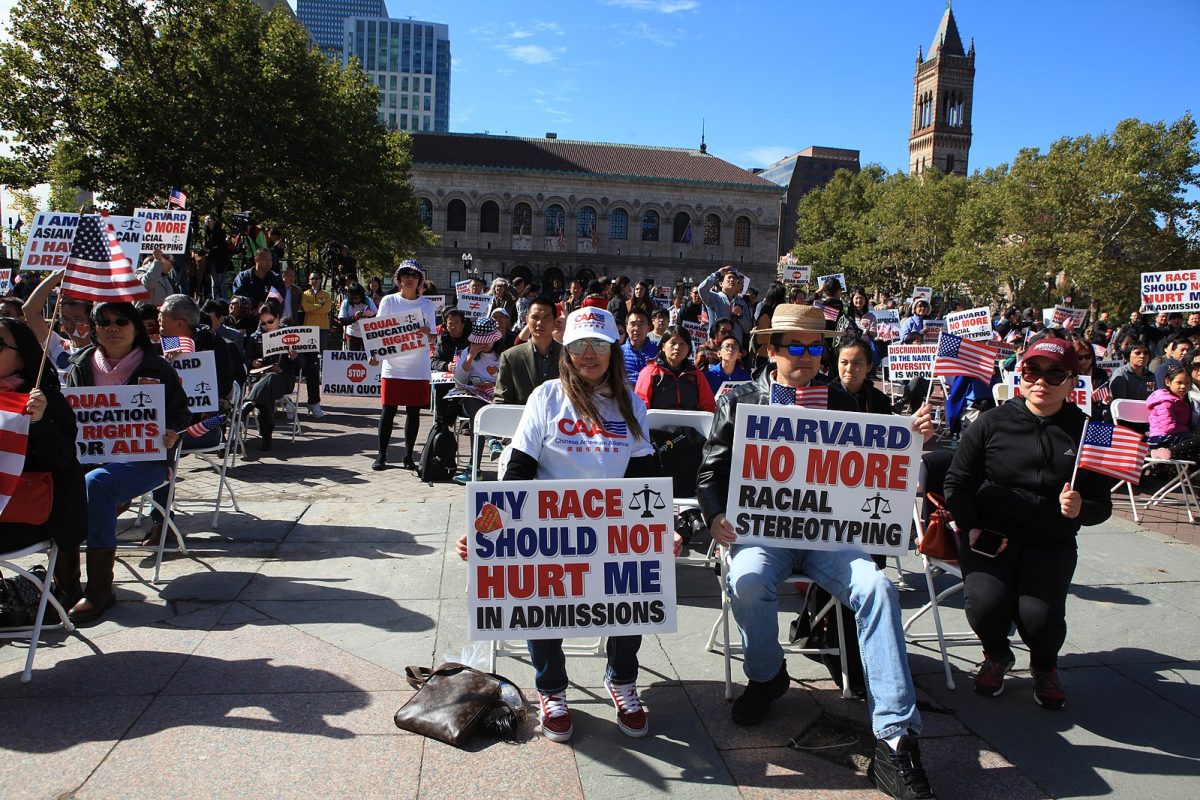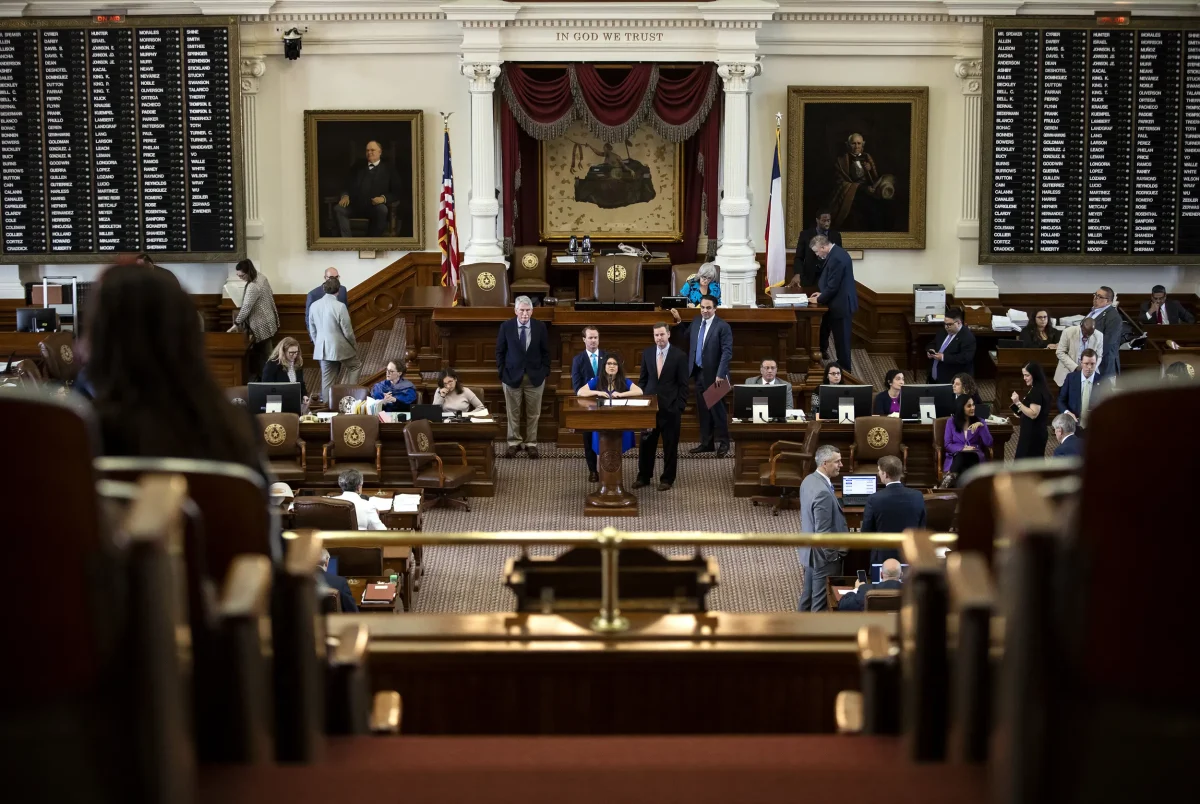In the case of Fair Admissions v. Harvard University, the US Supreme Court outlawed affirmative action in a vote of 6 to 3. The Supreme Court ruled that it is unlawful to consider race in college admissions after reviewing the University of North Carolina and Harvard’s admissions policies.
Affirmative action was originally enacted in 1965 by President Lyndon B. Johnson to enforce civil rights policies, which served to eliminate discrimination within employment and opportunity in the US. Affirmative action utilizes government and private programs to give special consideration to minority groups or racially excluded groups, specifically in education and employment opportunities.
This Supreme Court decision is likely to impact the future of college admissions with a huge shift in diversity on many college campuses across the nation. Before the outlaw of affirmative action, many colleges had more lenient admission criteria for underrepresented races and ethnic groups (primarily Black, Hispanic, and Native American students) that often had lower standardized test scores and GPAs compared to white and Asian students.
Many schools such as the University of California system have been ‘race-blind’ even before the national outlaw of affirmative action. According to a study done by the Los Angeles Times, California admission rates for Black, Native American, and Latino students stayed below average, while the admission rate of Asian and white students had the opposite effect. UC admission data also reveals that Asian students often have a higher admission rate at most elite UC schools, compared to latino students in which the majority gains admission to lesser selective schools such as UC Merced.
Despite the affirmative action policies that will now go into place, several elite universities such as Stanford University claim they will still try to diversify their class in other ways. David Grusky, a Professor of Economics at Stanford University claims that admissions officers will be tasked with “by detecting evidence of illicit advantage and disadvantage” because “the effects of that inequality will inevitably be revealed in each and every application.”
The removal of affirmative action has not only changed the future of college admissions but has also resulted in some colleges removing their Legacy admission policies in order to make sure no one gets an advantage in college admission. In 2021, Amherst college, a small liberal arts college in Massachusetts put an end to its legacy admissions policy in an attempt to “focused on improving financial and programmatic support for both lower- and middle-income families.” As a result, admission rates for legacy students went from 11% to 6%, as they didn’t have a preference in the admissions process.
Elite colleges across the country are now being asked to remove legacy admissions policies to keep college campuses diverse. Even with the removal of affirmative action, it looks like most schools are still finding other ways to diversify their campuses through altered admissions policies and changes to long existing policies.














